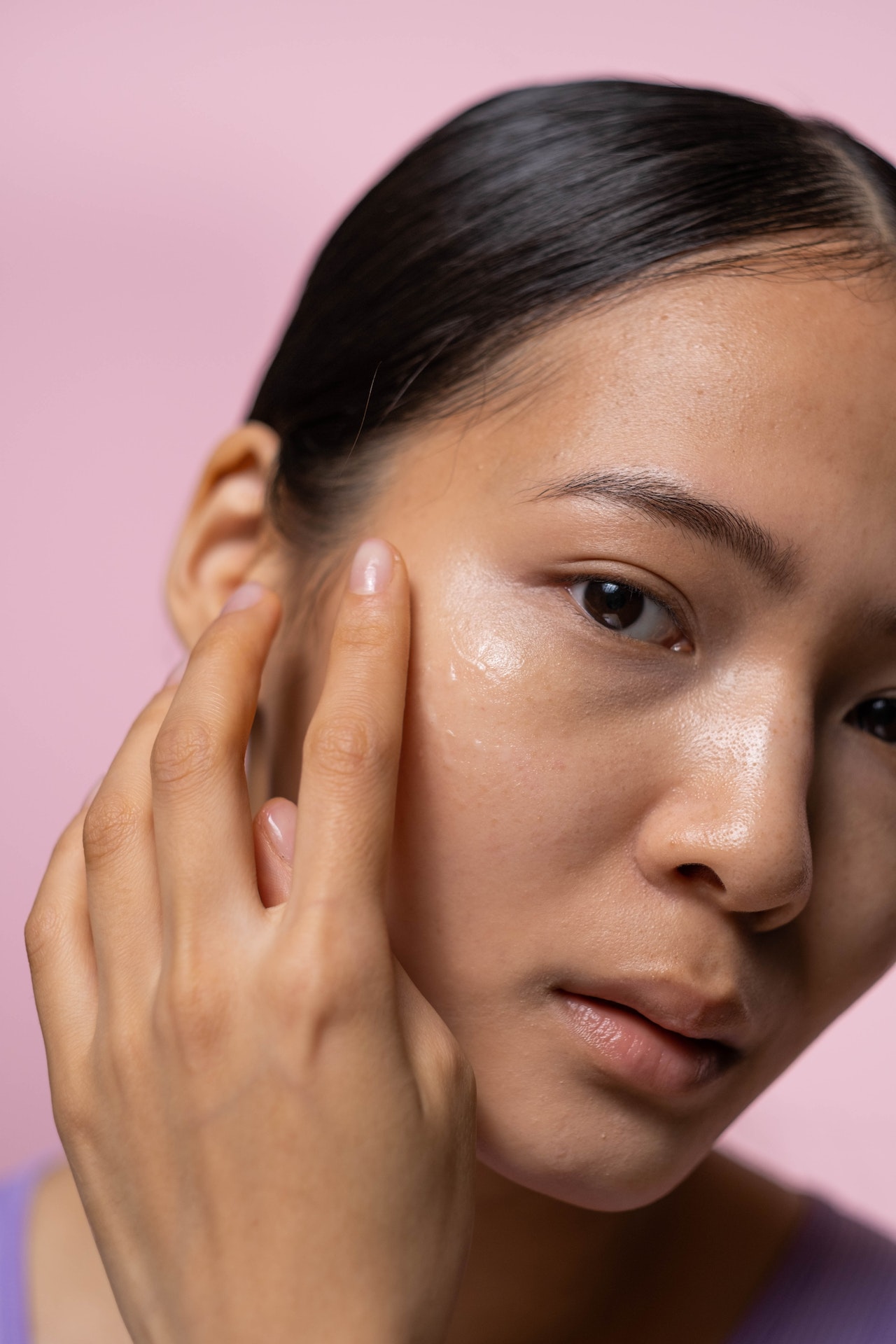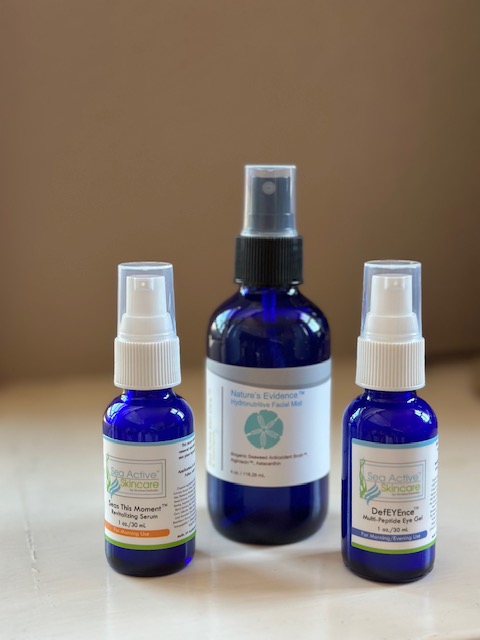Winter’s chill can take a toll on our skin, leaving it feeling dry, dull, and lackluster. The combination of cold air, harsh winds, and dry indoor heating can strip the skin of its natural moisture, leading to a variety of skin concerns. As the weather warms and spring approaches, it’s the perfect time to revitalize your skin and restore its healthy glow. This article will explore some effective tips to rejuvenate your skin after the harsh winter months.
1. Exfoliate to Shed the Winter Dullness
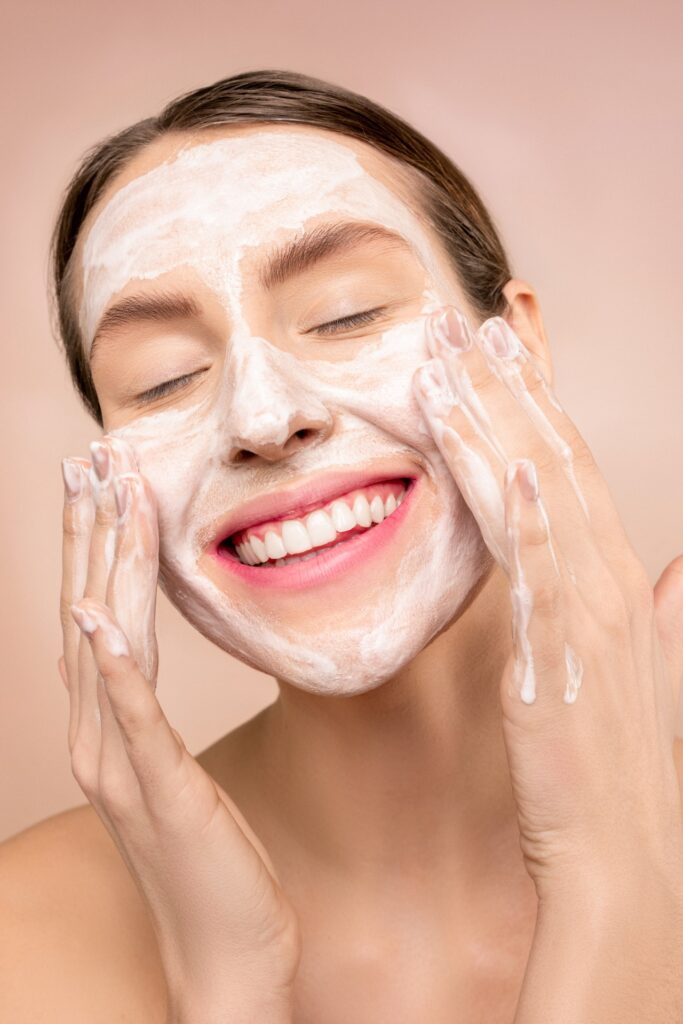
Exfoliation is a crucial step in revitalizing your skin after winter. It involves removing the dead skin cells that accumulate on the surface, revealing the brighter, smoother skin underneath. Winter weather can exacerbate the buildup of dead skin cells, making exfoliation even more important.
Why Exfoliate?
Dead skin cells can clog pores, leading to breakouts and a dull complexion. Exfoliation helps to unclog pores, improve skin texture, and allow skincare products to penetrate more effectively. It also stimulates blood circulation, bringing nutrients to the skin’s surface and promoting a healthy glow.
Choosing the Right Exfoliant
There are two main types of exfoliants: physical and chemical. Physical exfoliants, such as scrubs and brushes, use small particles to physically remove dead skin cells. Chemical exfoliants, such as alpha-hydroxy acids (AHAs) and beta-hydroxy acids (BHAs), use gentle acids to dissolve the bonds between dead skin cells. The best type of exfoliant for you will depend on your skin type and sensitivity. If you have sensitive skin, opt for a gentle chemical exfoliant or a very fine-grained physical scrub.
How Often to Exfoliate
Over-exfoliating can irritate the skin, so it’s important to do it in moderation. Generally, exfoliating once or twice a week is sufficient for most skin types. If you have sensitive skin, you may need to exfoliate less frequently. Pay attention to your skin’s response and adjust the frequency accordingly.
2. Replenish Moisture with Hydrating Products
Hydration is key to combating the dryness that winter can inflict on your skin. Using the right hydrating products can help to restore your skin’s moisture balance and prevent further dryness.
Importance of Hydration
Dehydrated skin can appear dull, feel tight, and be more prone to wrinkles. Hydrating products help to replenish the skin’s moisture barrier, keeping it plump, supple, and healthy.
Choosing Hydrating Products
Look for products containing humectants, such as hyaluronic acid and glycerin, which draw moisture from the air to the skin. Emollients, such as ceramides and shea butter, help to lock in moisture and prevent it from evaporating. Consider using a hydrating serum under your moisturizer for an extra boost of hydration.
Moisturizing Tips
Apply moisturizer to damp skin after cleansing to lock in moisture. Don’t forget to moisturize your neck and décolletage, as these areas are also prone to dryness. Use a heavier moisturizer at night to provide your skin with intense hydration while you sleep
3. Protect Your Skin with Sunscreen

Even though the sun may not feel as strong in the winter, it can still damage your skin. UV rays are present year-round and can cause premature aging, wrinkles, and even skin cancer. Protecting your skin with sunscreen is essential, even on cloudy days.
Why Sunscreen is Important
Sunscreen helps to protect your skin from the harmful effects of UV rays. It prevents sunburn, reduces the risk of skin cancer, and slows down the aging process.
Choosing the Right Sunscreen
Look for a broad-spectrum sunscreen with an SPF of 30 or higher. Broad-spectrum means that the sunscreen protects against both UVA and UVB rays. Choose a sunscreen that is appropriate for your skin type. If you have oily skin, opt for a lightweight, oil-free formula. If you have dry skin, choose a creamier formula.
How to Apply Sunscreen
Apply sunscreen liberally to all exposed skin, including your face, neck, and hands. Reapply sunscreen every two hours, especially after swimming or sweating.
4. Nourish Your Skin from Within
Healthy skin starts from within. Eating a balanced diet rich in vitamins and antioxidants can help to improve your skin’s health and appearance.
Importance of Nutrition
The foods you eat can have a significant impact on your skin. A diet rich in fruits, vegetables, and whole grains provides your skin with the nutrients it needs to stay healthy and radiant.
Foods for Healthy Skin
Include foods rich in antioxidants, such as berries, leafy greens, and colorful vegetables, in your diet. Antioxidants help to protect the skin from damage caused by free radicals. Eat foods high in omega-3 fatty acids, such as salmon and flaxseeds, to keep your skin hydrated and supple.
Hydration from Within
Drink plenty of water throughout the day to keep your skin hydrated from the inside out. Dehydration can make your skin look dull and dry.
5. Consider a Professional Facial
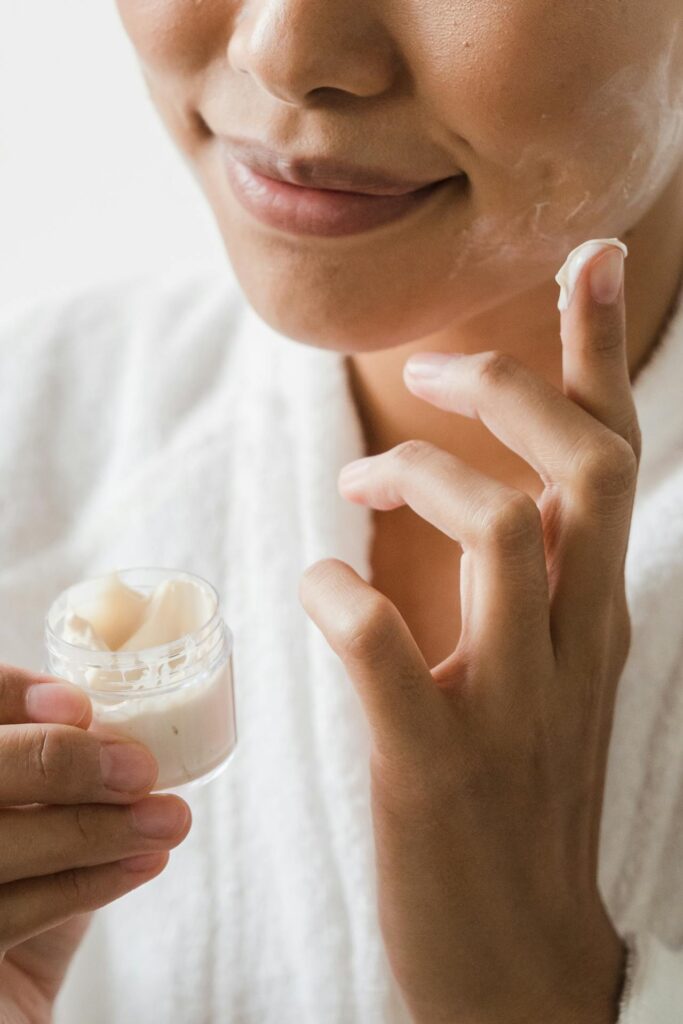
A professional facial can be a great way to give your skin a boost after winter. Estheticians have the knowledge and tools to provide a deep cleanse, exfoliation, and hydration treatment tailored to your skin’s specific needs.
Benefits of a Facial
A facial can help to remove impurities, unclog pores, and improve skin texture. It can also be a relaxing and pampering experience.
Choosing a Facial
Choose a facial that is appropriate for your skin type and concerns. If you have dry skin, look for a hydrating facial. If you have acne-prone skin, consider a deep cleansing facial.
Frequency of Facials
How often you should get a facial depends on your skin type and budget. Generally, getting a facial every four to six weeks is recommended.
6. Adjust Your Skincare Routine
As the weather changes, you may need to adjust your skincare routine to accommodate your skin’s changing needs.
Switch to Lighter Products
As the weather warms up, you may want to switch to lighter moisturizers and serums. Heavy creams can feel greasy and clog pores in warmer weather.
Incorporate Antioxidants
Spring is a great time to incorporate antioxidants into your skincare routine. Antioxidants help to protect the skin from environmental damage, such as pollution and UV rays.
Listen to Your Skin
Pay attention to how your skin is responding to your skincare routine and make adjustments as needed.
7. Don’t Forget Your Lips and Hands
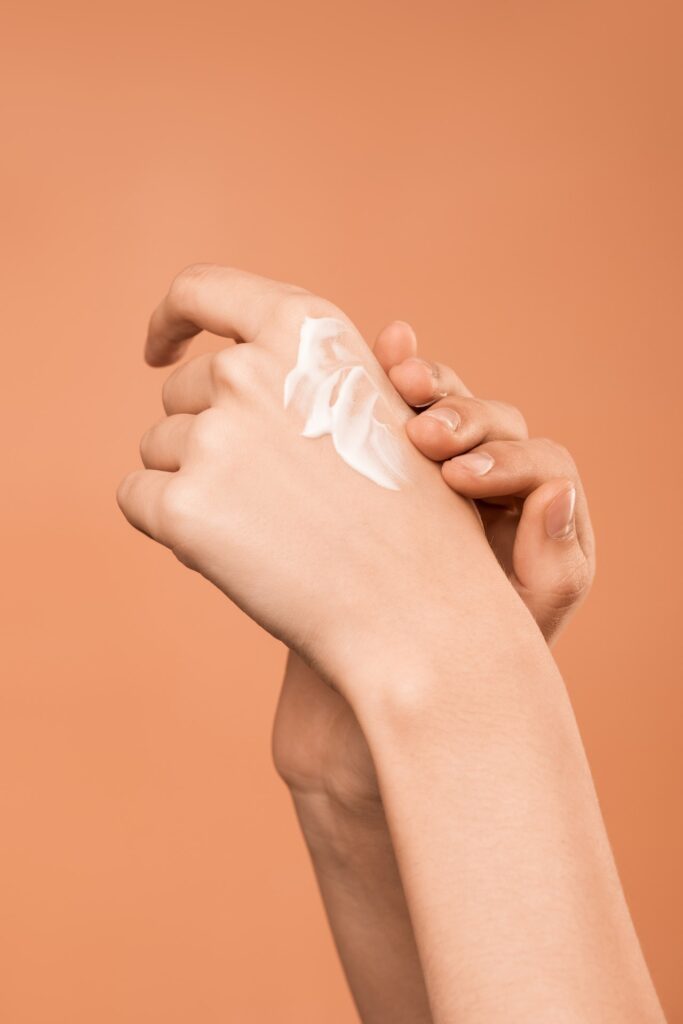
Your lips and hands are also vulnerable to the drying effects of winter. Don’t forget to give them some extra attention as you revitalize your skin.
Lip Care
Use a lip balm with SPF to protect your lips from the sun and wind. Exfoliate your lips gently with a sugar scrub to remove dead skin cells.
Hand Care
Apply a rich hand cream regularly to keep your hands soft and hydrated. Wear gloves when doing chores or gardening to protect your hands from the elements.
Revitalizing your skin after the winter requires a consistent and dedicated approach. By incorporating these tips into your routine, you can restore your skin’s health, radiance, and youthful glow, ready to embrace the warmer seasons. Remember that consistency is key, and be patient with your skin as it adjusts. With the right care and attention, you can achieve a healthy and radiant complexion that reflects your inner vitality.
For more expert advice and personalized skincare solutions, contact Sea Active Skincare at (858) 676-9727. We can help you create a customized plan to achieve your skincare goals.

